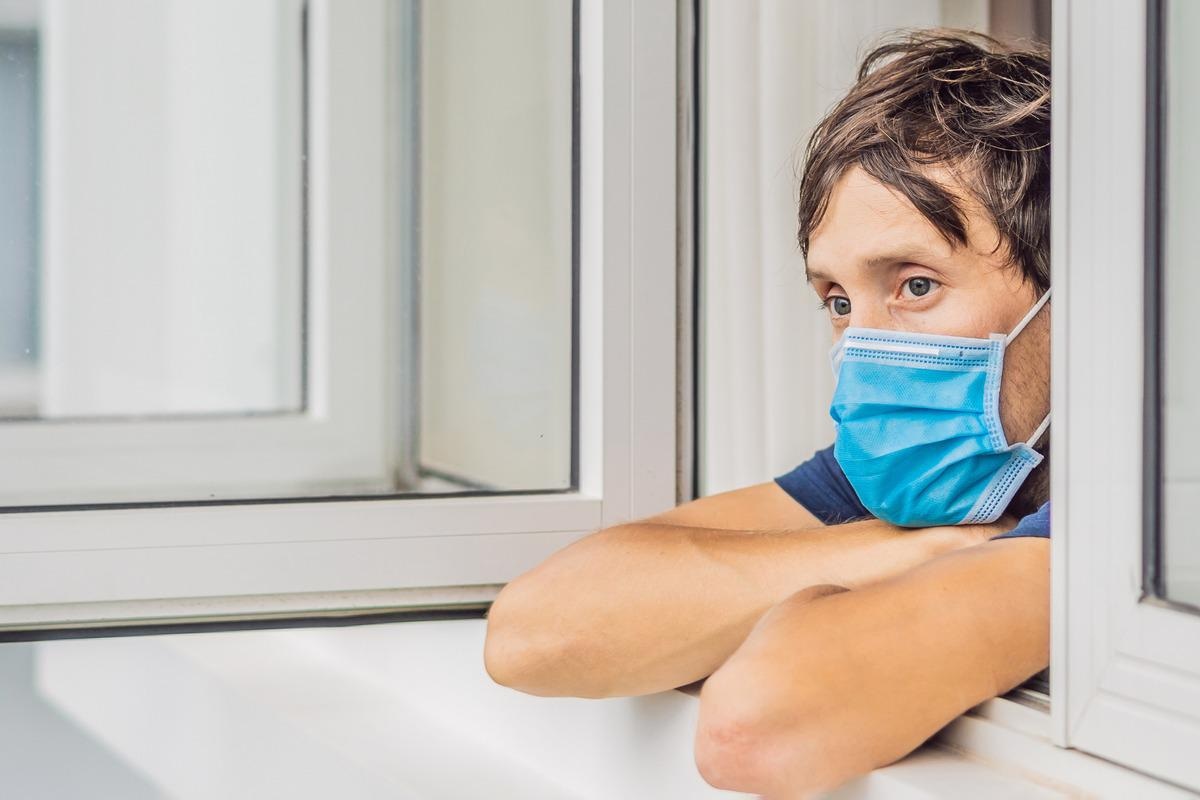When coronavirus disease 2019 (COVID-19) spread across the world, many countries introduced methods to prevent transmission from rising. These included lockdowns, social distancing and closure of public spaces, but the most ubiquitous was the mandatory isolation of infected individuals for a period of time.
This prevented the disease from being transmitted to individuals outside the household. However, long periods of isolation can have negative effects on physical and mental health, and there was significant disagreement on the length of the isolation period.
Study: Mitigating isolation: The use of rapid antigen testing to reduce the impact of self-isolation periods. Image Credit: Elizaveta Galitckaia/Shutterstock
Researchers from the United Kingdom Health Security Agency have been modeling different isolation scenarios to identify the most effective methods. The results of the study can be found on the medRxiv* preprint server.
The study
The researchers used a Monte Carlo-based model and stimulated the infection, identification, and isolation of 500,000 individuals. Multiple different scenarios were considered. In some of these, the individuals then underwent rapid testing, with conditions for release, such as a single negative test or two negative tests. The potential for false negatives was taken into account. Individuals were assumed to be released at the end of the isolation period despite their infectious status. Testing was assumed to produce negative results past the end of the infectious period, and the test results for those within their infectious period were determined using a ‘weighted coin toss’. This method allocates weight to each likelihood based on a distribution.
Each time the scientists evaluated a model, 100 artificial populations of 500,000 infected, isolating individuals were generated. Each of these populations are considered separately to obtain confidence intervals. Each individual is sampled for isolation start time, disease recovery time, and rapid antigen test sensitivity. The model tracks the time individuals are released, how many would be incorrectly released, how many hours individuals remained infective, and the number of hours spent in isolation in each scenario.
The most basic scenarios consisted of 7-, 10- and 14-day isolation periods with no possibility of early release. Following this, the researchers investigated 10-day isolation periods with the possibility of early release with a single negative test on days 7-9, a 10-day isolation period with testing on days 6-9, and two negative tests required for release, and finally a 14-day isolation with testing administered on days 6-13, and early release with two negative test results.
They found that on days 7, 10 and 14 the total percentage of individuals who would remain infectious were 16%, 5% and 1%, respectively. The mean excess hours in isolation per person were 76.8, 141.6, and 235.2. As expected, in the basic isolation periods with no early release, the longer isolation periods provided significantly lower odds of releasing an infectious individual but had much greater excess isolation hours. In the other three models, the 10-day isolation with one negative test required for release from day 7 resulted in approximately 10% of individuals being released while infectious, with 79.2 excess hours in isolation. A 10-day isolation period with two negative tests required for release on day 6 or later resulted in a 6.2% release of infectious individuals, and a 81.6 average excess hours. A 14-day isolation with the possibility of release with two negative tests from day 6 showed both the lowest possibility of releasing infectious individuals, at 4.1%, and the lowest excess hours in isolation, at 69.6.
The scientists then explored the 10-day isolation models in more close detail. They found that 79% of individuals would be released on day 7, and only 6% of individuals would require the full 10-day isolation. Unfortunately, the vast majority of those individuals would remain infectious, and would likely require more isolation. Most releases of infectious releases in the previous models came from individuals who were released after 10 days and remained infective. Further analyses revealed that relying only on 2 rapid antigen tests risked excess release of infectious individuals due to the risk of false negatives.
Conclusion
The authors conclude that following a 14-day isolation period, with daily testing from day 6, and requiring two negative tests 24 hours apart is likely the most effective method, keeping the percentage of individuals released while infectious roughly equal, while lowering excess isolation hours significantly. This prevents early release due to false negatives by mandating a minimum isolation period. They also suggest that a mandated minimum isolation period and an unconstrained maximum isolation period could have the highest effectivity, but may reduce compliance and could be difficult to enforce.
Important notice:
medRxiv publishes preprint papers that have not yet undergone peer review. These studies should not be taken as fact or used to guide clinical or research practises.
